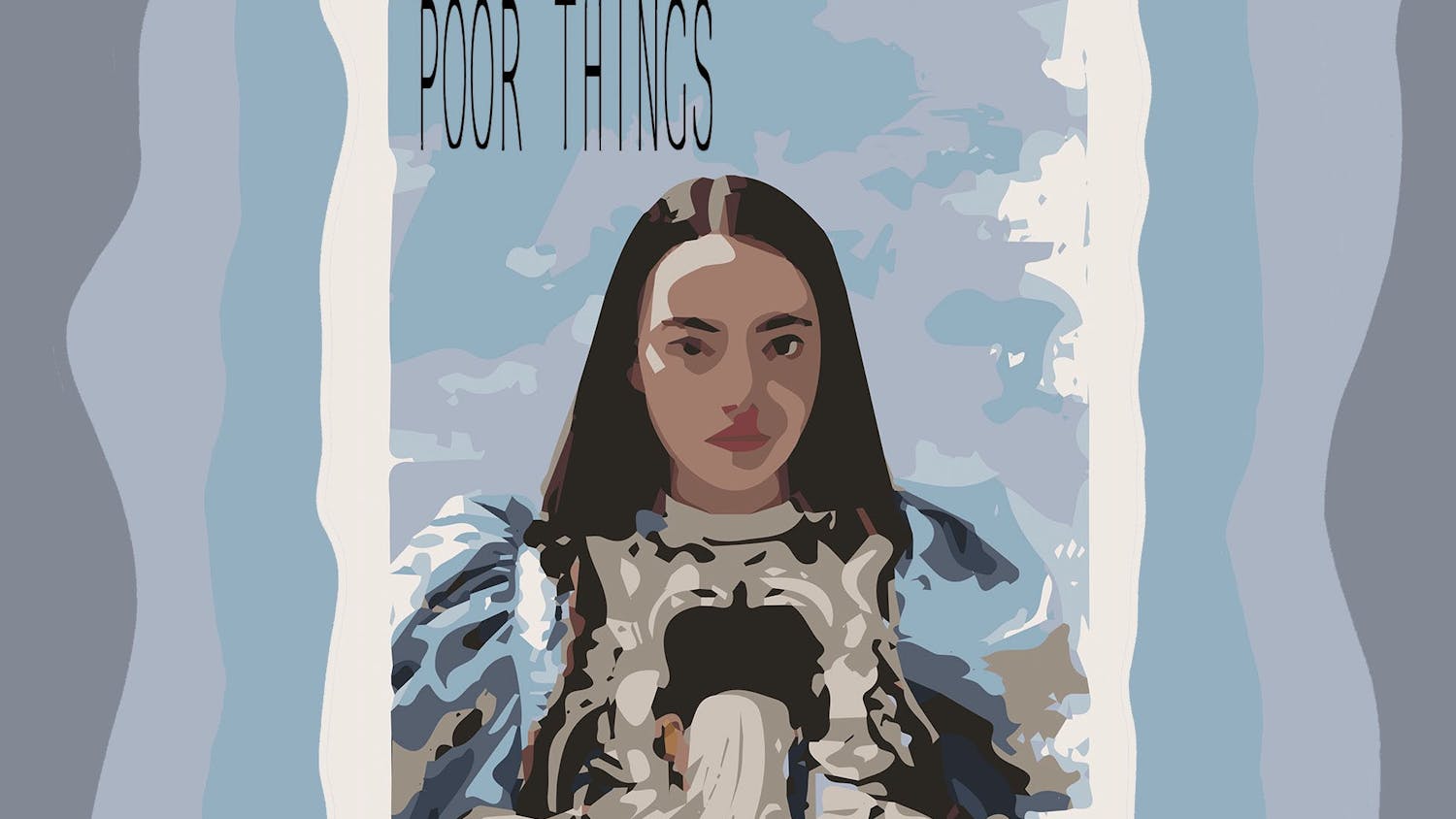Disney movies teach awful lessons to children. They have ruined entire generations of Americans’ concepts of love, happiness and the pursuit thereof.
Starting with “Snow White,” we see a heroine whose main adversary is a wicked stepmother. Evil, powerful, older women are often the main adversaries in Disney movies. Youth and beauty are coveted above all else. Meanwhile, Snow White can do little for herself. She runs away, trips and cries until she is rescued. Yet even when poisoned by the stepmother’s apple, not even her seven stout new friends can save her. Instead, she must wait for a handsome, wealthy, young man to save her before she’s allowed to have her happy ending.
Fast forward to Ariel in “The Little Mermaid,” a girl who must give up everything by leaving behind everyone she’s ever loved to be with a man she’s only seen. A couple of times throughout the process, she can’t even speak. What does this tell young girls? Be quiet and beautiful and some man will take care of you. Is this a joke? It’s like Disney ignored the women’s movement.
You would think “Beauty and the Beast” would be a little better. After all, we have a tough, intelligent heroine in Belle who shuns the egotistical Gaston’s advances and loves to read. This sounds great! And then she is captured by an awful beast-man who rages around his estate casting fear and hatred everywhere he stalks. Belle’s beauty and charm slowly turn him into a being of compassion, and she learns of his terrible curse. After the typical climax hinging upon the ultimate symbol of love, a kiss, we see the Beast transformed back into the once-beautiful man he was, and they live happily ever after.
Wait. This means that women should try to change abusive, violent men into compassionate people with their looks and charm. And if they don’t, then they have failed, all hope is lost, and it is their fault. Talk about putting pressure on a girl. What’s the average age of girls who watch this movie anyway? Seven?
This could go on for several movies, touching on points about racism, cookie-cutter gender roles and absurd resolutions that indirectly tell the audience women are powerless.
The point is, none of us spend much time thinking about what’s actually being illustrated. I know I took these movies at face value for years, never considering their deeper implications. Some might say it’s easy to read too much into something like this, but then I think that belittles the nature of storytelling as the primary vessel used to convey morals and ethics. Lessons learned in stories don’t stop with fables: The lessons are right there in front of us all the time. Disney tells little girls that it’s okay to seek out or wait for a man to come along, who will then take care of them because they are young, beautiful and quiet. Objectification, much?
To be perfectly honest, as a kid, I never had a crush on any of the Disney princesses. I guess, aside from the fact that they were animated, they just weren’t real enough for me. I think one of my biggest movie crushes was on Icebox from “Little Giants.” There are more movies that cast girls in no-frills lead roles, and this is one of them. The movie is awesome because the female lead deals with the often-felt pressures girls experience to conform — in this case, choosing between playing football and being a cheerleader. She reaches deep down and realizes who she really is — a butt-kicking quarterback — and helps her team save the day. They couldn’t have done it without her, and her male teammates are glad she didn’t sit on the sidelines waiting to be rescued.
I like that attitude. I’m no father yet, but when I am, I’d make my daughter watch “Little Giants” over “Sleeping Beauty” any day.
Wesley Campbell is a fifth-year English major. His column appears on Wednesdays.





